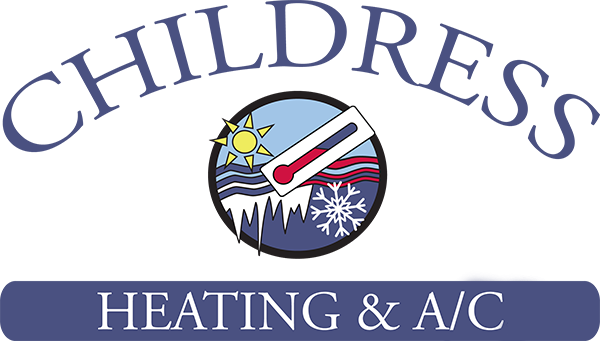
If you’re thinking about air conditioner installation in Fredericksburg, you should also be investigating your new air conditioner’s SEER rating.
SEER stands for Seasonal Energy Efficiency Rating. Simply put, it examines how effective your air conditioner is at converting electricity into cooled air. A high number signifies your air conditioner is more efficient, which is excellent for your electric costs.
However, there are lots of varying solutions available for air conditioners. And a greater SEER ranking often includes a more expensive price tag. So, how do you know which one is ideal for your house?
At Childress Heating & AC, we give you a free, no-pressure home comfort analysis. You can request one by contacting us at 540-675-4306. Our experienced air conditioner installers will collaborate with you to help you find the right air conditioner for your budget. Plus, they’ll also offer you a free, no-obligation estimate.
In the meantime, let’s discuss SEER ratings and how they can influence your home’s comfort. And your utility costs.
Why Do the SEER Ratings Really Matter?
In 2016, the federal government developed new SEER criteria. New air conditioners must be at minimum 13 SEER in the northernmost United States and 14 SEER in the southeast and southwest. If you don’t know when you had your air conditioner replaced or what its SEER ranking is, you can locate the sticker on the condenser outside your house. If you can’t find the sticker, you can get in touch with us at 540-675-4306 for support.
If your air conditioner was installed prior to that time, it’s presumably much less efficient. Air conditioner technology has swiftly advanced in the past couple of years, with big advances in energy efficiency and smart home capability. Pairing your new air conditioner with a smart thermostat could help you save even more on utility expenses, since the thermostat can automatically manage your temperature settings when you’re gone.
If your existing air conditioner has a SEER rating between 8 and 10, getting a 14-SEER system could save you close to 30–50% on annual cooling bills. Your savings are contingent upon your air conditioner size and your thermostat settings.
Is the Higher the SEER the Better?
An air conditioner with a greater SEER rating will be more efficient at transforming electricity for cooling. The most efficient models, which can go as big as 26 SEER, carry ENERGY STAR® designation. This designation means the air conditioner matches EPA requirements for energy savings and environmental conservation.
While ENERGY STAR air conditioners are often more costly, you’ll normally get the difference repaid over time through cheaper electric costs. These air conditioners, which are usually rated 16 SEER and greater, need about 8% less power than other new systems, according to ENERGY STAR.
One of the greatest differences between a 14 SEER and 16 SEER is variable-speed technology. A variable-speed air conditioner can run at a number of speeds. This refines comfort for your loved ones while keeping your air conditioning costs low. It can also keep temperatures and humidity more balanced, since it can go for longer without requiring a lot more energy.
When buying a variable-speed air conditioner, you’ll want to check that your furnace or air handler is compatible. This is because your air conditioner uses this system’s blower to disperse cool air across your residence. Furnaces only last for approximately 20 years, so if yours is getting old, we suggest getting furnace installation at the same time so you can receive all the benefits of your variable-speed air conditioner.
When you’re ready to replace your air conditioner, the cooling professionals at Childress Heating & AC are here to help. Reach us at 540-675-4306 to request your free home comfort analysis today.
